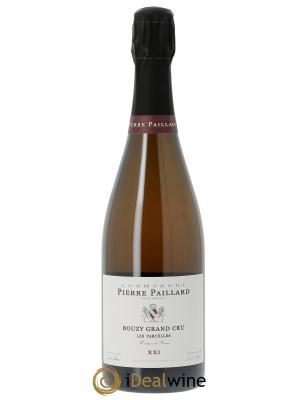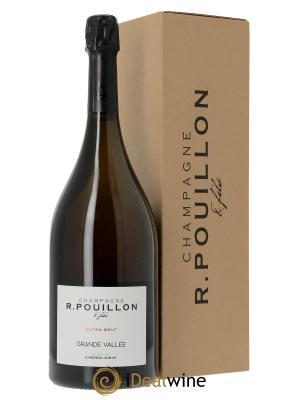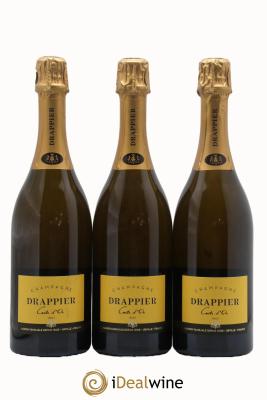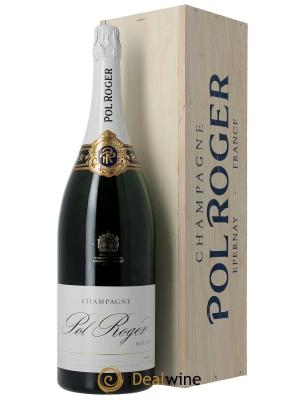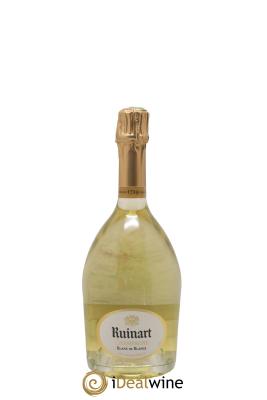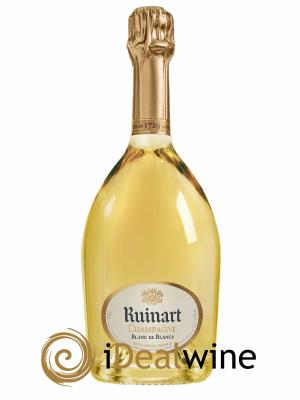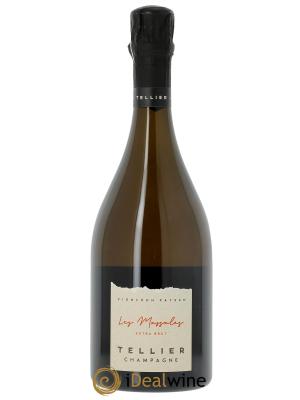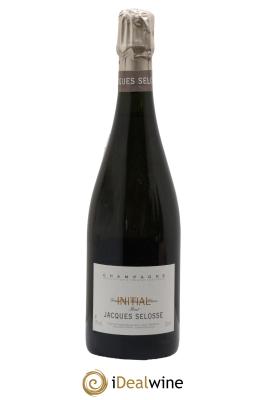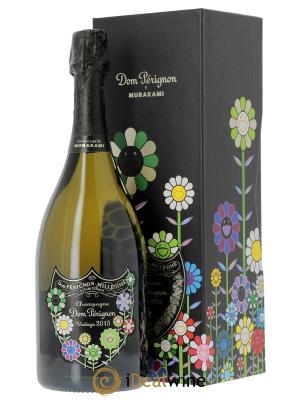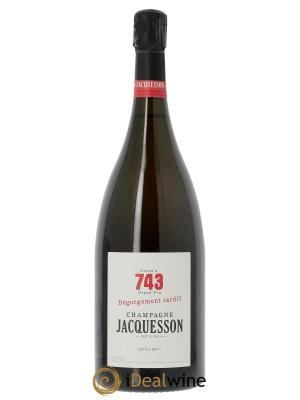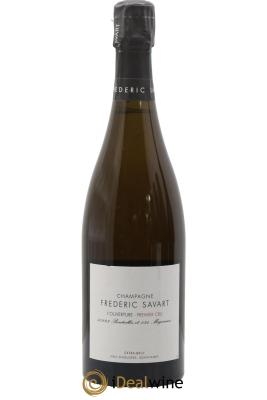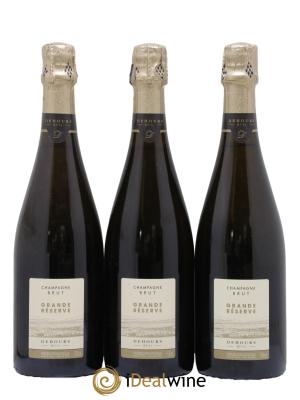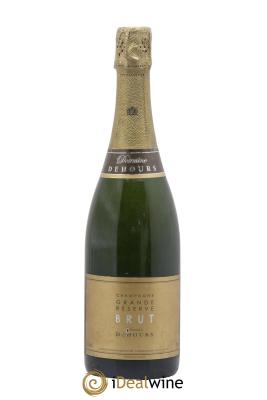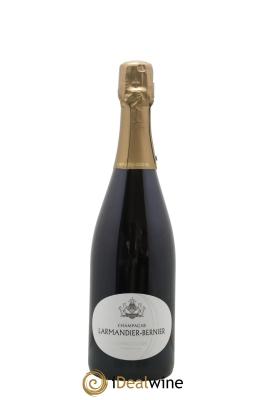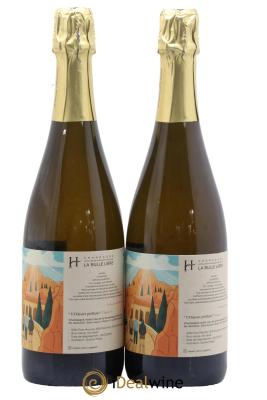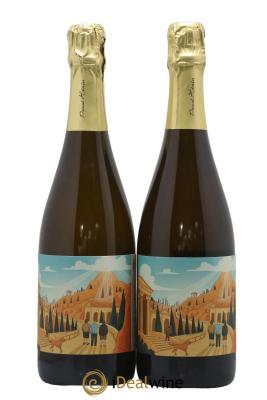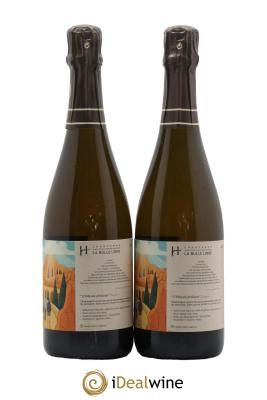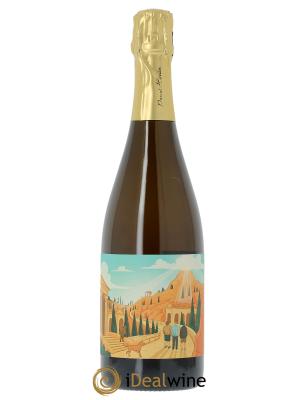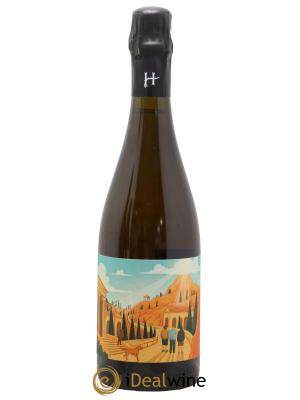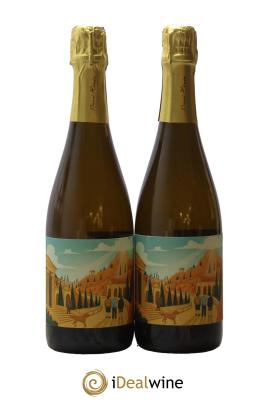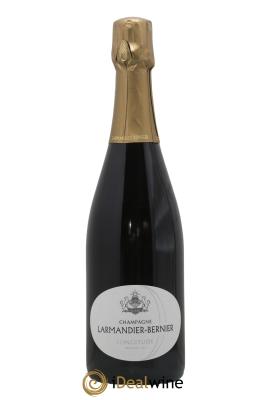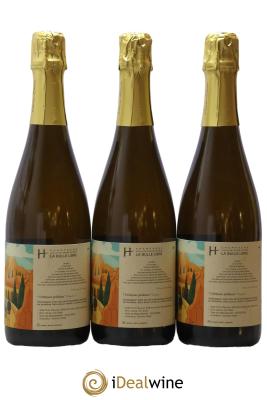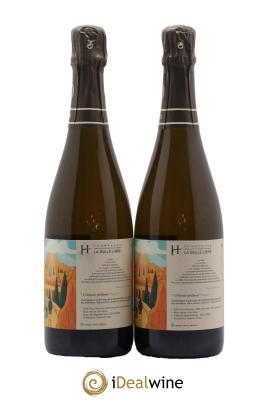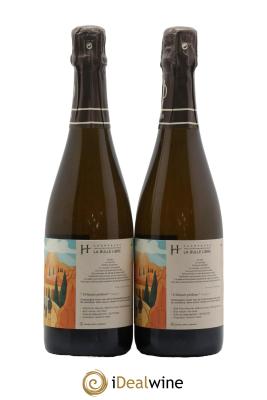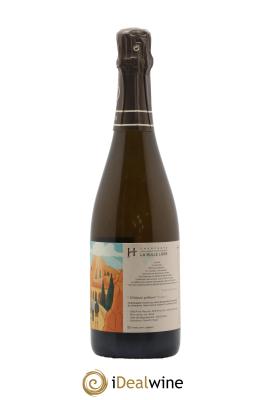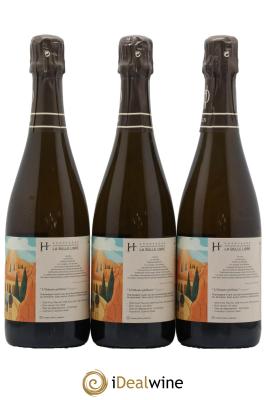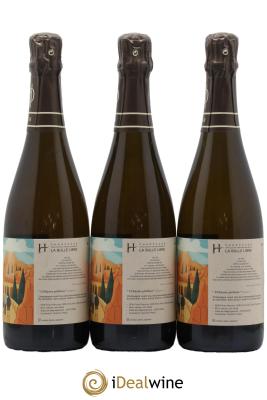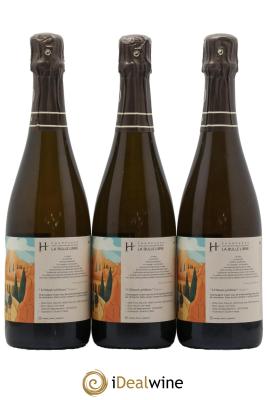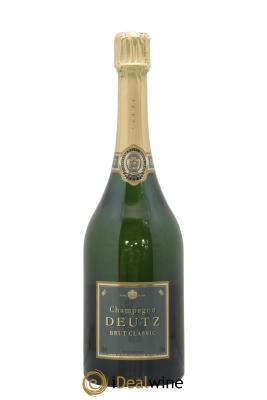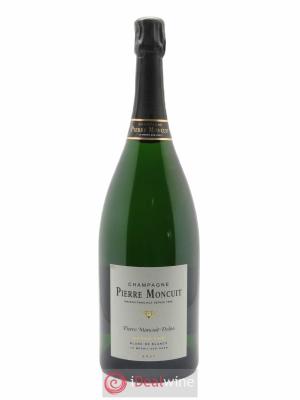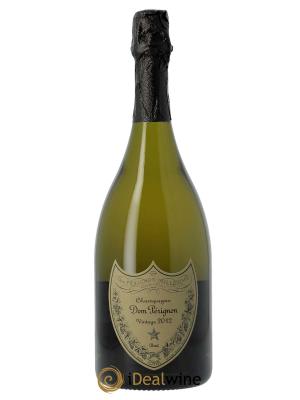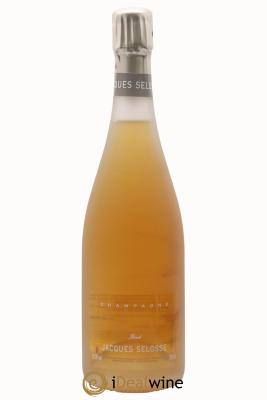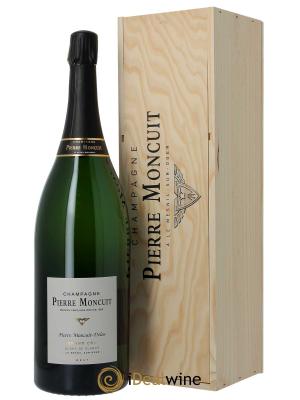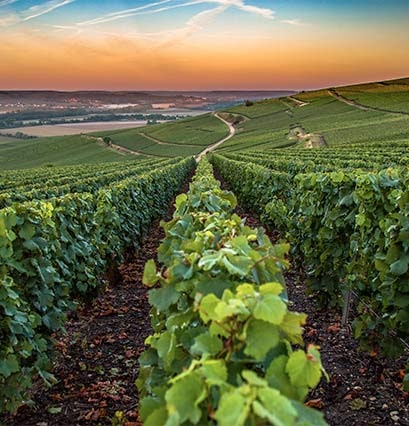
Champagne
Champagne is the world's most famous region for the production of sparkling white and rosé wines. A staple of celebrations and festivities the world over, this cult drink is produced in a strictly defined appellation area covering just under 35,000 hectares. In 2023, 9% of all sparkling wine consumed in the world was Champagne. In value terms, it accounts for 35% of sparkling wine consumption. The region comprises of 319 crus (or communes), cultivated by some 16,000 winegrowers and 390 Champagne houses, which are a well-established Champagne concept. Seven grape varieties are allowed under the AOC’s rules. The three main grape varieties – Chardonnay, Pinot Noir and Pinot Meunier – account for 99.7% of the vines planted, complemented by Arbane, Petit Meslier, Pinot Blanc and Pinot Gris. The main sub-regions are Montagne de Reims, Vallée de la Marne, Côte des Blancs, Côte de Sézanne and Côte des Bar. This brief introduction gives you an idea of the extraordinary diversity of Champagne available. Dive in and discover them!

